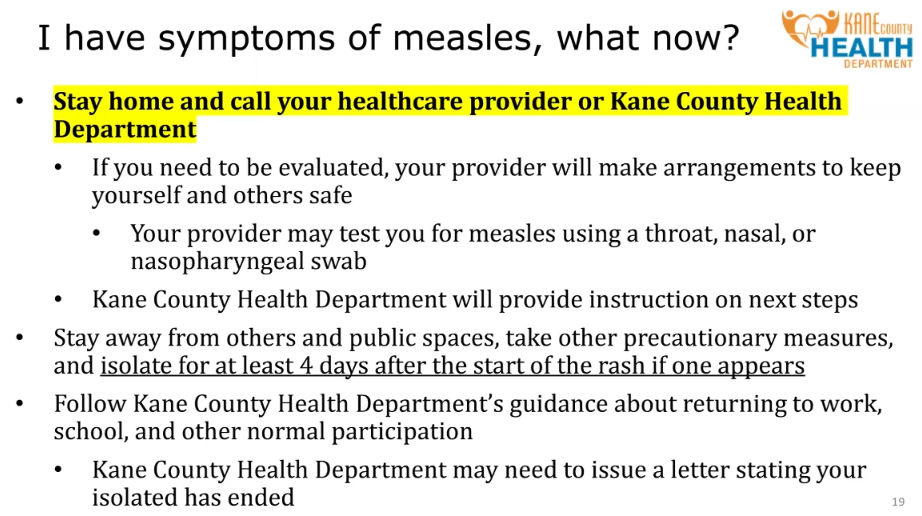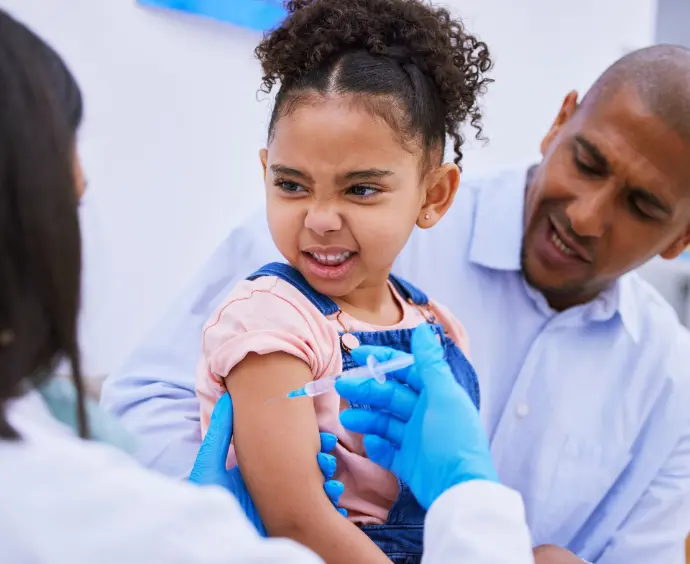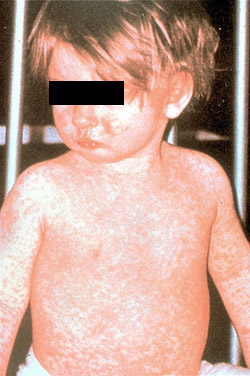Measles
Measles remains a leading cause of death among young children, despite the availability of a safe and effective vaccine for the past 40 years. An estimated 345 000 people, the majority of them children, died from measles in 2005 (the latest year for which figures are available).
Recognise Measels :

Always at the forefront of research
Our clinic has been recognized as a top facility in the National Infectious Disease Rankings for three consecutive years.
Over 2,000 patients receive treatment each year and report significant improvements within weeks.
Join us and enhance your health outcomes.

WHO Measles Nucleotide Database (MeaNS)
Objective:
The WHO Measles Nucleotide Database (MeaNS) is a quality-controlled, web-accessible resource designed to monitor measles virus diversity and track the progress of measles strain elimination globally.
Current Data Statistics:
- 44,409 sample records
- 45,379 viral sequences (as of December 24, 2018)

Key Features & Tools
- Comprehensive Search Options:
- Search by any combination of fields within the MeaNS database
- Find identical or similar measles virus sequences
- Genotype Measles Strains:
- Use the database to genotype measles strains based on Measles N genes
- Free Academic Registration:
- Register for free to access data and analytical tools. Registration is available for academic use only.

Additional Resources
- Training Video & FAQ:
- Access the MeaNS training video and view the FAQ for guidance on using the database effectively.
- Cite MeaNS:
- When citing the database, use the following reference:
Rota PA et al. (2011) "Global distribution of measles genotypes and molecular epidemiology." J. Infect. Dis. 204 Suppl 1:S514-23. DOI: 10.1093/infdis/jir118
- When citing the database, use the following reference:
- Hosted by Public Health England:
The database is funded, curated, and hosted by Public Health England, with a team of experts committed to combating infectious diseases.
Faculties
Specializations
Libraries
Students

Measles | |||||
|
|
Measles Virus Contagion :
Measles is recognized as one of the most contagious viruses in existence. It spreads primarily through airborne transmission, such as when an infected person coughs or sneezes, releasing the virus into the air. The virus can remain infective for up to two hours in the air or on nearby surfaces, making it easy to transmit in close personal contact or through direct contact with respiratory secretions.
- Infection Rate:
Measles is so contagious that up to 90% of non-immune individuals who have close contact with an infected person (for example, household members) will likely become infected themselves.
- Human-Only Hosts:
Humans are the only known natural hosts of the measles virus. While other animal species, such as mountain gorillas, may be susceptible, no other animal reservoirs for measles have been identified.
Risk Factors for Measles Infection:
Certain groups of people are at a higher risk for contracting measles, including:
- Immunocompromised Individuals: Those with HIV/AIDS, organ or stem cell transplant recipients, or people undergoing immunosuppressive treatments such as alkylating agents or corticosteroids.
- Travelers: Individuals traveling to regions where measles is prevalent or those who come into contact with travelers from these areas.
- Loss of Passive Immunity: Infants who lose passive immunity before receiving the routine measles vaccine.